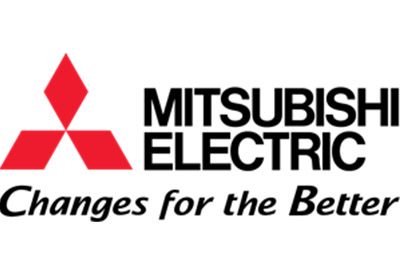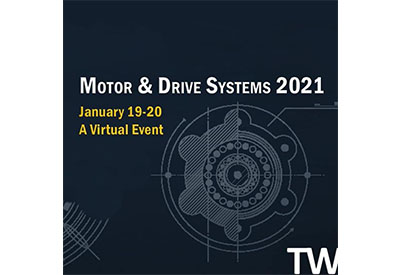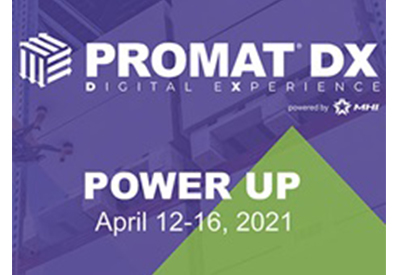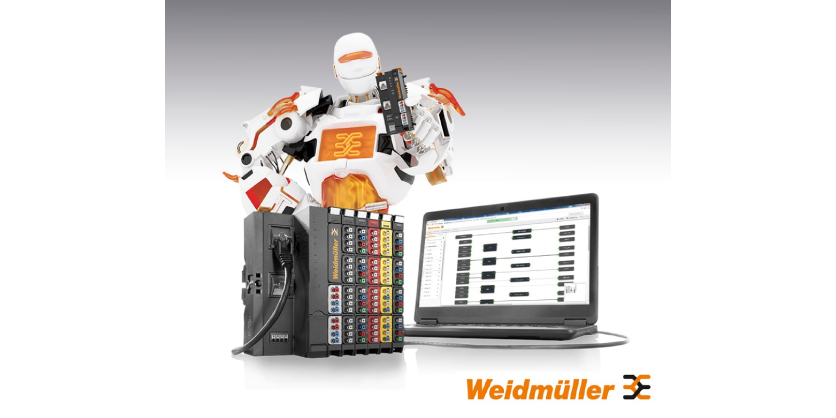Mitsubishi Electric to Build Net-Zero Energy Building Test Facility

April 11, 2019
Mitsubishi Electric Corporation announced some time ago that it plans to build a new test facility for its broad and integrated portfolio of technologies for net Zero Energy Buildings (ZEB) at its Information Technology R&D Center in Kamakura, Japan. The facility will accelerate the company’s development, evaluation and demonstration of ZEB technologies to meet the growing demand for buildings that combine comfort and superior energy savings. Mitsubishi Electric’s ZEB technologies are part of the company’s wide-ranging effort to help achieve the United Nation’s Sustainable Development Goals (SDGs). The new facility, which will cost approximately 3.6 billion yen, is scheduled to start operating in June 2020.
ZEBs maintain comfortable indoor conditions while considerably reducing annual energy consumption compared to conventional buildings by incorporating measures such as advanced heat insulation, solar shading, natural energy and high-efficiency equipment as well as on-site energy generation (photovoltaic power, etc.), as officially defined by the Ministry of Economy, Trade and Industry (METI). The new facility will examine all such systems, which generally enable ZEBs to generate all of their necessary primary energy to operate independently.
Mitsubishi Electric is helping to popularize ZEBs by providing planning and providing business-support services. The company registered with METI as an official ZEB planner in 2017. Going forward, Mitsubishi Electric aims to accelerate it development and application of ZEB technologies to contribute to higher energy savings and more comfortable living spaces. In addition, the company will contribute to more convenient office environments via its original ZEB+ concept.
ZEB TECHNOLOGY TEST FACILITY
| Location | 5-1-1 Ofuna, Kamakura City, Kanagawa Prefecture, Japan (campus of Information Technology R&D Center, Mitsubishi Electric Corporation) |
|---|---|
| Building area | About 2,000 m2 |
| Floor area | About 6,000 m2 |
| Structure | Four-story steel-frame |
| Start of operation | June 2020 |
| Investment | Approximately 3.6 billion yen (1.6 billion yen included for demonstration equipment) |
Note that the releases are accurate at the time of publication but may be subject to change without notice.
For more information, visit HERE.








